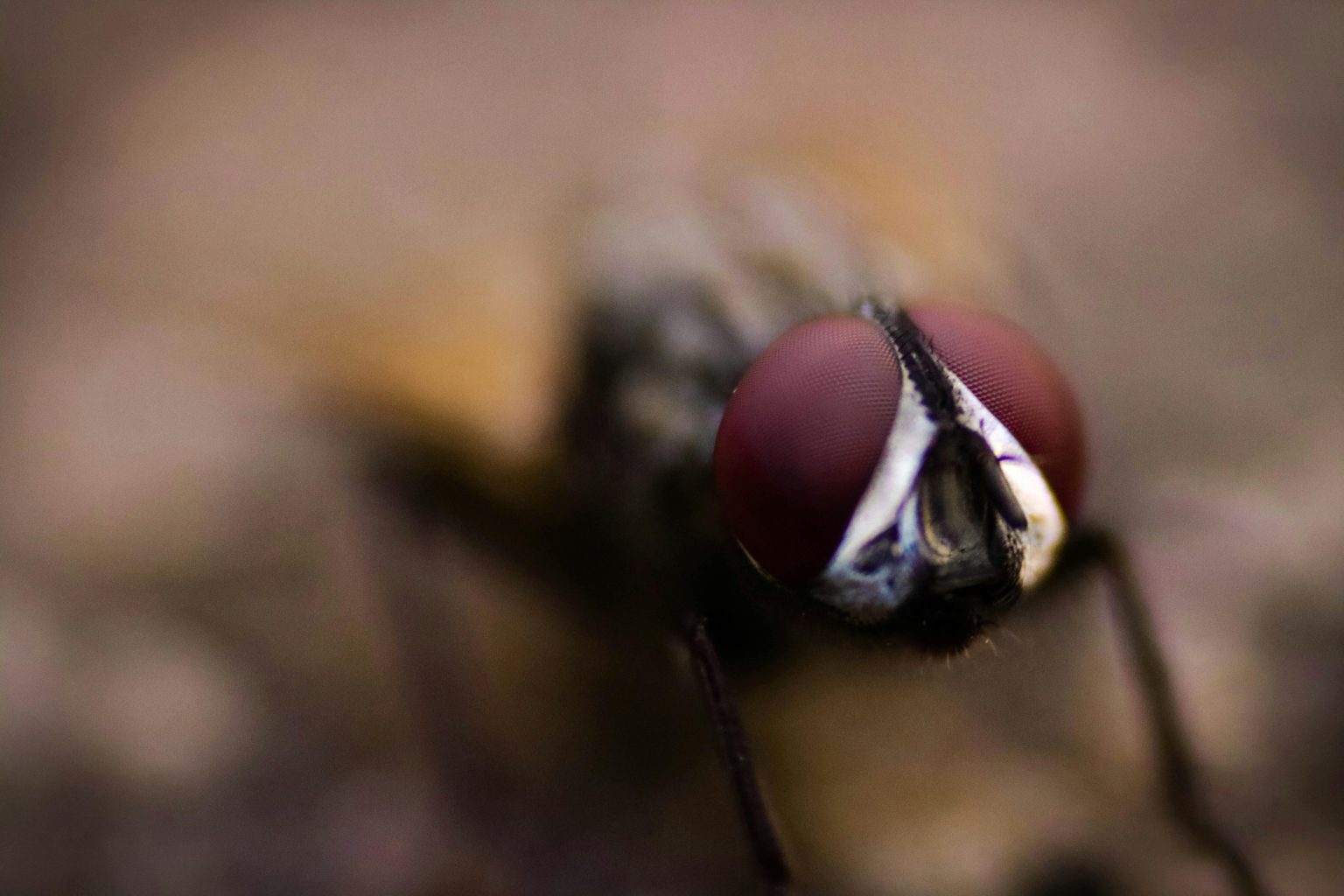With warmer months in full swing, British households are once again playing host to an all-too-familiar summer nuisance – flies circling the ceiling light.
But according to Neil McKenzie, home expert at Halton Stairlifts, this behaviour isn’t random – and there are steps you can take to stop it.
“Flies are drawn to light because of something called phototaxis – an instinctive pull toward bright light, which they confuse for the sun,” says McKenzie.
“Once they’re near your bulb, they often circle endlessly because their vision can’t properly process artificial lighting. They quite literally don’t know how to get out.”
But it’s not just the ceiling light luring them in. Neil explains that there are a few surprising things in your home that could be attracting flies – and simple switches that can keep them out.
Lesser-known things that attract flies indoors:
- Houseplants with damp soil: Overwatered pots can attract fungus gnats and fruit flies. Let soil dry out between waterings.
- Recycling bins: Even rinsed cans and bottles can leave behind sugary residues that draw flies in fast.
- Plug holes and drains: Organic build-up in sinks can be a breeding ground. A weekly flush with boiling water or vinegar helps keep them clean.
- Pet food bowls: Leftover kibble or wet food is a buffet for flies. Empty and rinse bowls after each feed.
- Fruit bowls on windowsills: Direct sunlight speeds up fermentation – swap to a cooler shaded spot or use a fruit net.
Expert tips to keep flies out:
- Switch bulbs to warm-toned LED lights – flies are less attracted to these compared to cooler, blue-toned lighting.
- Install magnetic fly screens on frequently opened windows or patio doors.
- Use essential oils like lavender, peppermint, or eucalyptus – flies hate the scent, and a few drops in a diffuser can deter them.
- Seal bins tightly and avoid composting indoors during summer months.
- Close blinds at dusk – especially upstairs, where light shines out and attracts flies in.
“Flies aren’t just annoying – in some cases, they can carry bacteria. But a few small tweaks around the home can make a huge difference,” McKenzie adds.

